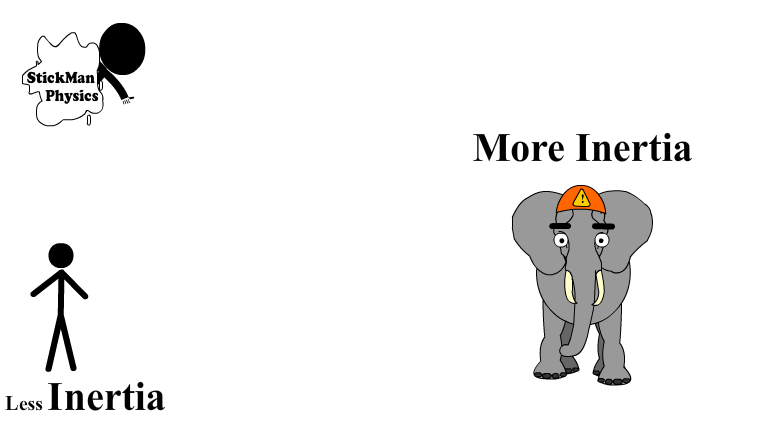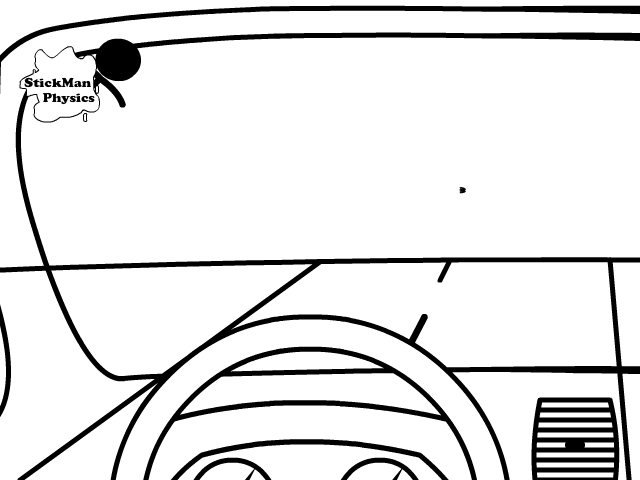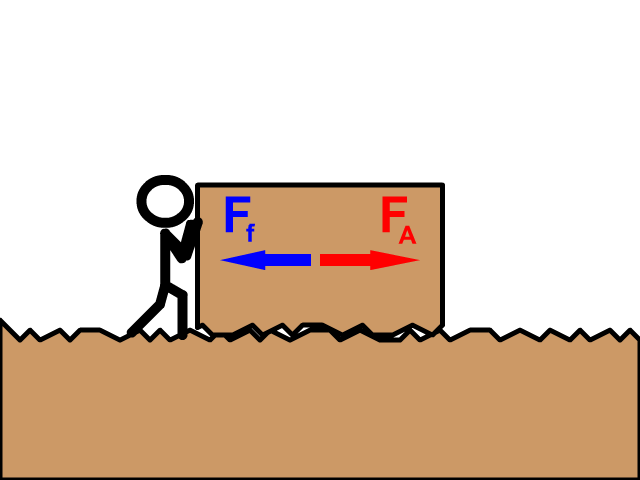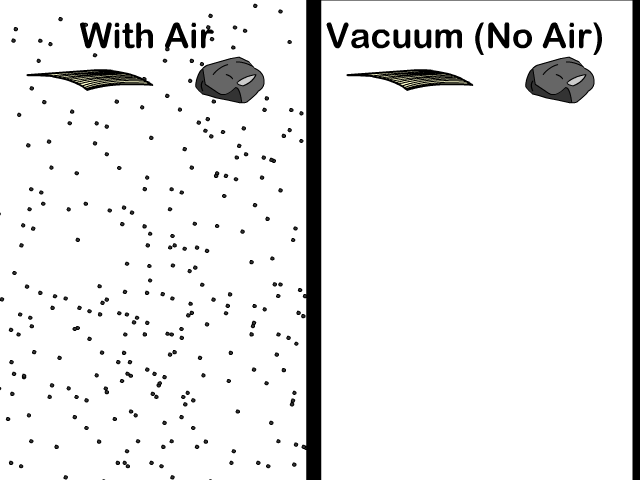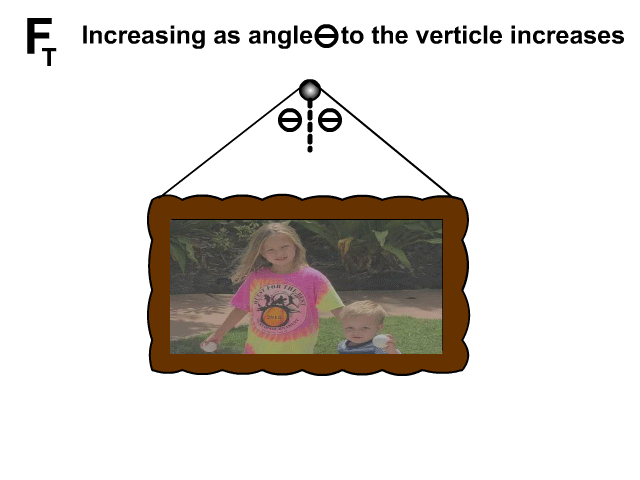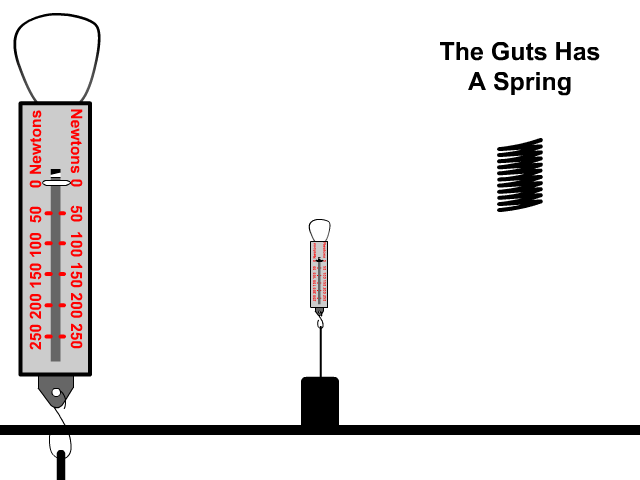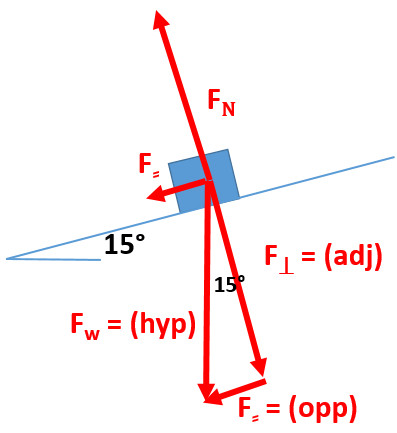Forces Unit Assessment
Take our forces unit assessment quizzes with links back to lessons for support. This unit includes Newton's Laws of Motion and Various Forces. The Pictures to the right and the title link to that sections review lesson.
Links
- Go to the Main Forces Page
- Back to the Stickman Physics Home Page
- For video tutorials and other physics resources check out HoldensClass.com
- Find many of your animation resources in one place at the StickMan Physics Gallery
- Equation Sheet

